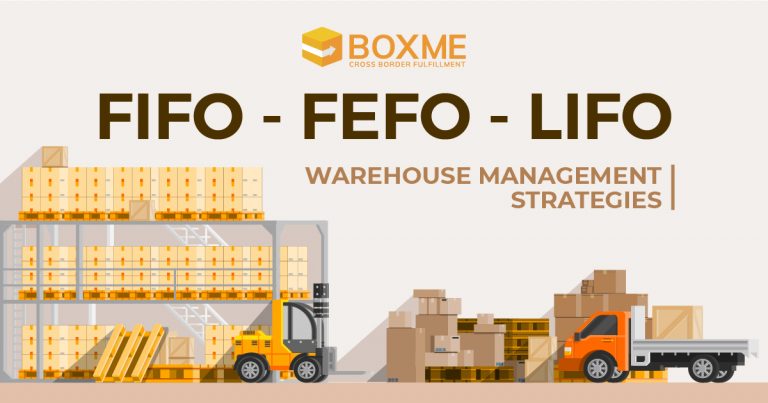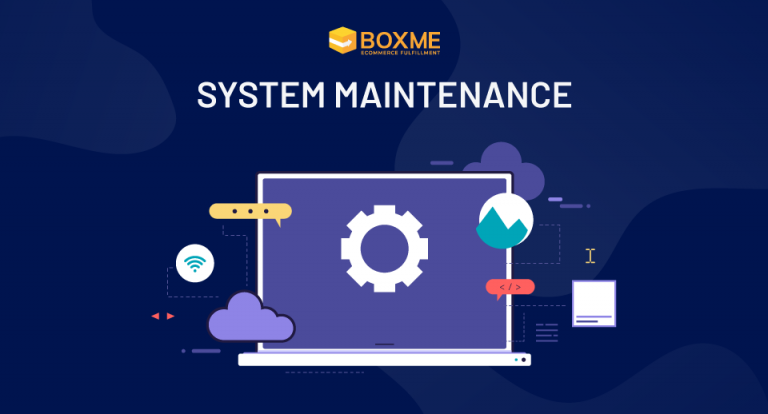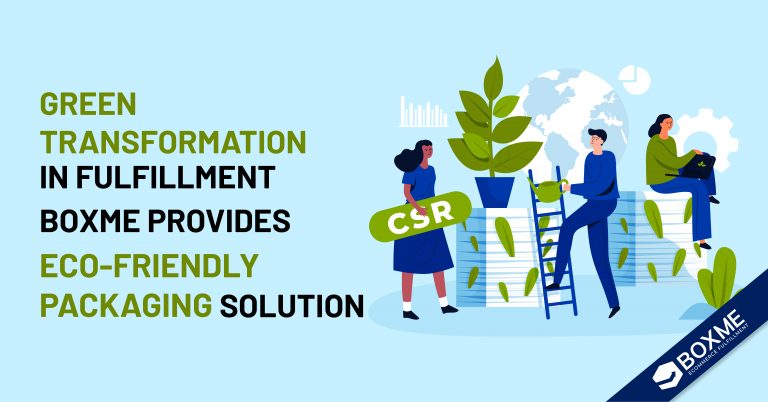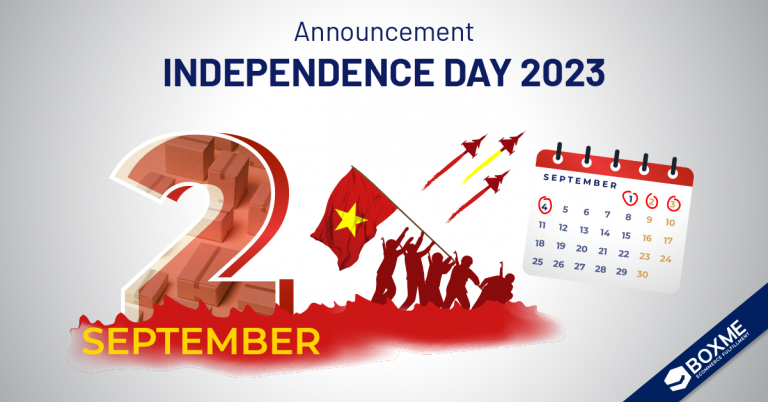Logistics is all about getting the right product in the right place at the right time. When logistics is done right, your company can stay on top of the competition. Being the backbone of logistics, warehousing, or how you rotate your stock, plays a big role in sufficient logistics.
Warehouse management strategies
There are three main strategies for warehouse management, namely FIFO, FEFO and LIFO.
- FIFO (First In First Out): Simple as it sounds, the products that were stocked in first will be moved out first.
- FEFO (First Expire First Out): Similar to the FIFO method, FEFO ships out the product with expiration dates that are due first.
- LIFO (Last In First Out): In this case, products that are received by the warehouse most recently will be shipped out first, as the new stock will take precedence over the old stock.
In most cases, the strategy will be chosen depending on the product you are warehousing since each strategy comes with different advantages.
FIFO and FEFO
These two strategies are quite similar to each other as the stock set that is moved into the warehouse first usually expires first. The chances of a later stock set having an earlier expiration date are relatively small, thus these two strategies are almost synonymous.
Suitable products
If your product has a shelf life, this can be a solid strategy for you. Items with a specific expiration date, especially FMCG (Fast Moving Consumer Goods: food, toiletries, cosmetics, etc.), medicine and supplements and other consumer durables all need to move quickly. Furthermore, for products that can easily become obsolete such as fashion and electronics, the longer it sits in the warehouse, the more likely for you to lose money. This also applies to seasonal products and those in short-demand cycles.
Advantages
- Reduce cost: Since the product won’t be staying in the warehouse for long, your inventory cost per product can be decreased.
- Reduce expired and obsolete inventory: If the product becomes outdated and no longer useful to the consumers, the business can never gain back revenue. Using FIFO/FEFO methods will increase the chances of the item being sold before the expiration date.
- Quality control: Since the stock is rotated, customers are less likely to receive expired products. FIFO/FEFO allows you to guarantee product quality which in turn boosts customer satisfaction and brand reputation. If any error occurs, information regarding supplier and shipment can easily be tracked.
- Minimize inflation impact: Inflation means the increase in prices over time. As the cost of production is always on the rise, shipping out the older inventory that costs less to make can optimize the profit for businesses.
Disadvantages
- Warehouse space: In order to implement the FIFO/FEFO technique, your warehouse has to be organized carefully. The oldest products need to be placed in the most accessible places with proper handling materials, which requires huge storage space and specialized tools.
- Product tracking: Implementing FIFO/FEFO means keeping track of your inventory deliberately. With the number of goods going in and out of the warehouse, an adequate tracking system is advisable.
- Scaling difficulties: When your business starts picking up, so does your warehousing needs. It can get difficult having to update the inventory constantly with thousands of SKUs in different locations, each with a particular expiration date.
- Higher taxes: While FIFO/FEFO minimizes inflation which leads to higher profits, it also results in higher taxes as well.
LIFO
Suitable products
LIFO might be the right choice for businesses with homogeneous products that don’t expire. Construction materials like bricks, sand, coal, stones and wine are prime examples of this strategy.
–> Related post: Products That Require Cool Storage Warehousing
Advantages
- Cost-revenue relation: Using the LIFO method, you can relate recent costs to recent revenue. If your manufacturing cost is on the rise, this approach will prove useful for you to alter the profit margins accordingly.
- Reduce taxes: Following the first advantage of cost-revenue relation, you can avoid underestimating the production cost and overestimating the profit. A more accurate report of profit can help you save tax, which every business will be happy to hear.
- Fewer write-downs: As market price fluctuates, you will be less affected when selling goods with the production cost that reflects the most recent market price.
- Reduce warehouse hassles: With LIFO, the new batch of stock is placed right on top of the old batch in the warehouse. The technique requires less tracking and space for warehousing given that stock rotation is not necessary.
Disadvantages
Unfortunately, the LIFO strategy only applies to certain product categories that don’t lose value over time.
–> See more: When Third-Party Logistics Is Right For Your Business
Final thoughts
There is no “one size fits all” for warehouse management, as it depends largely on what your products are. Whichever strategy you choose, make sure to organize your warehouse neatly for easy tracking and retrieving.
With an extensive warehouse network across Southeast Asia, Boxme Global has been successful in implementing all three strategies: FIFO, FEFO and LIFO, catering to the specific needs of each business. Boxme Global’s tracking system gives online sellers real-time updates of inventory and order status, making E-commerce a seamless experience at the most optimized time and cost.
Talk with our experts to get a quote today!
Boxme is the premier cross-border e-Commerce fulfillment network in Southeast Asia, enabling world-wide merchants to sell online into this region without needing to establish a local presence. We deliver our services by aggregating and operating a one-stop value chain of logistic professions including: International shipping, customs clearance, warehousing, connection to local marketplaces, pick and pack, last-mile delivery, local payment collection and oversea remittance.











